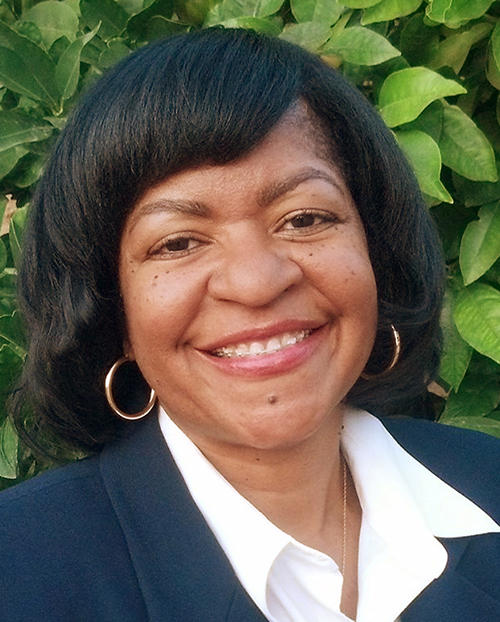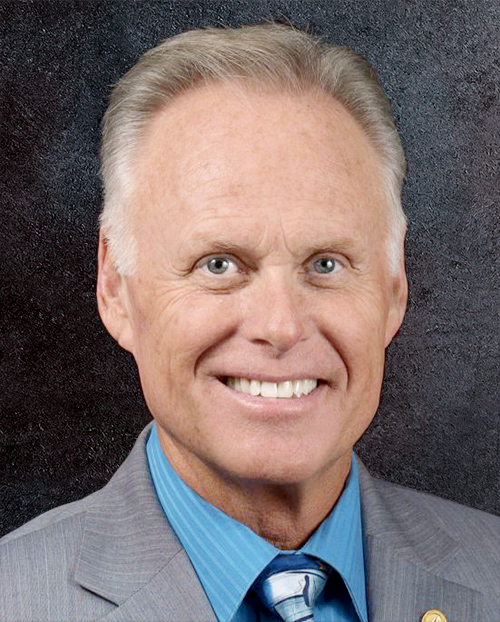


Boardwise is a forum for board members and superintendents across the state to share questions about governance and board–superintendent relations. Send your questions to boardwise@csba.org. Have governance team questions that require personal attention? Reach out to CSBA for a customized Governance Consulting Workshop with our experts at gcs@csba.org.
Roles and responsibilities of board officers
Dear Boardwise: What falls under the roles and responsibilities of each board officer?
Monika: Whether you serve in a small rural district in a remote region or a larger system in one of California’s metropolitan areas, each of the state’s 1,000 school district and county office of education (COE) boards is responsible for selecting officers from its membership to ensure sound leadership and smooth functioning of each local educational agency’s governance team.
Chief among those officers is the board president. While education code sets out their primary duties, it is common practice to further codify the responsibilities of the board president by specifying them in board policy. Through the common practice of putting district policies online for members of the school community and the general public to access, reviewing the board president’s duties becomes a simple matter of checking the district website.
There, the president’s duties in key areas — exercising parliamentary procedure-grounded meeting management, coordinating with staff in agenda preparation, and displaying leadership at the dais and in the community at large — are articulated. When onboarding new members, most districts ensure that these policies are provided to and understood by newly elected or appointed trustees.
Board policy, and sometimes the LEA’s governance handbook, also sets out the duties of the board’s clerk. Some LEAs choose to have a vice president instead of, or in addition to, a clerk. However, the VP’s duties are comparatively limited, having principally to do with taking the gavel and chairing a meeting in the absence of the president. The board clerk, conversely, has duties in signing and certifying documents that are part of every district’s commitment to complying with obligations mandated by regulation or law.

LEAs may have different term limits or practices of rotating board members into officer positions. But the critical point is that a structure should be put into place that provides meaningful preparation for the incoming board president, whether being elevated from clerk or vice president. Leadership development of all board members is vital so each can competently assume the president’s chair if called to do so.
Angelena: Understanding the roles and responsibilities of a board member is not only key to the success of the individual trustee but also to the success of the governance team, especially when the trustee takes on the role of board president or any other officer position.
Most board presidents are immediately seated to preside over their first board meeting once the board’s reorganization is completed, usually with no advanced training. Fortunately, there are numerous training opportunities available, both formal and informal, to help trustees learn and prosper in their leadership roles.
Incoming board presidents or those board members anticipating slating into this role should begin their leadership training by attending CSBA’s Annual Education Conference and Trade Show. At this event, commonly known as AEC, the association provides a full day of specialized training for board presidents. The Board Presidents Workshop provides a strong foundation on roles and responsibilities, as well as how to carry out specific duties related to the governance team. Virtual workshops are scheduled throughout the year as well.
Other trainings that may benefit a new board president include Governing in a Time of Chaos, the Brown Act and workshops related to board/superintendent relationships. Each of these modules provides a foundation for effective leadership and governance. Through the Online Learning Center, CSBA also provides a closed community for board presidents, where they can connect to seek input and advice on challenges they face in providing leadership and guidance to their trustees and district. CSBA Governance Consultants monitor this forum to provide guidance and resources as questions emerge.
Board presidents, along with all trustees, will benefit from having completed CSBA’s Masters in Governance® program, also known as MIG. The MIG program provides board members with the foundation needed to govern effectively. It covers finance, community relations, human resources, parliamentary procedures and other topics. Some boards require that any candidate for board president complete MIG before taking on the position.
It is also wise to learn from those who have already walked the same road. Before your first meeting as board president, meet with the past president to discuss the successes and challenges they faced during their service and how they navigated them. They can also share tips on how to handle various situations that may arise, such as how to keep meetings focused on student success and achievement.
The role of the board president is not to be taken lightly or viewed as a political opportunity. It is a position of great importance to the success of the board and LEA and can only be done effectively with proper training, commitment, guidance and teamwork.
Chuck: Effective board presidents grow the leadership of other board members, which, in turn, grows the organization by increasing its capacity and sharing responsibility at the top. Effective district and county boards plan for presidential succession every one or two years while incorporating an apprenticeship of the clerk or vice president to be ready to take over when the elected term of the president is concluded. This practice can be codified in Board Bylaws, with a clause on presidential terms that will communicate the value of shared leadership and responsibility. Board leadership matters; spread it around to make it more effective.
Effective leaders trust one another and honor differences, building self-awareness, ownership and accountability by everyone on the team. Great leaders build confidence, causing people to stretch and conquer their challenges, and model a growth mindset through a commitment to the growth of others. They believe in others by enabling them to act as a team and embrace diversity and inclusion while modeling equity. Effective leaders inspire a shared long-term vision of the future, build capacity by engaging and developing the total capacity of others, and build a community with a common moral purpose and shared values.
Board presidents should strive to be effective leaders. The role provides an opportunity to serve and listen deeply to others, manage conflict and overcome obstacles, and model responsiveness while building empathy and the leadership capacity of fellow board members. These skills are exercised while managing board meetings, representing the board at community events, and collaborating with the superintendent to develop the board meeting agendas, while also ensuring that those who ascend into the role of board president are amply prepared to lead with success.